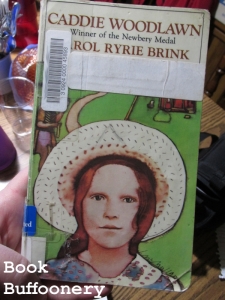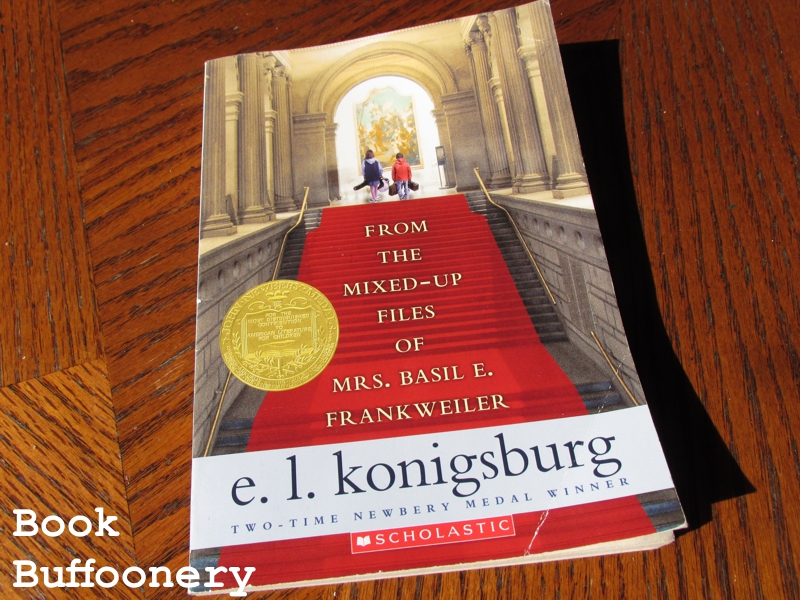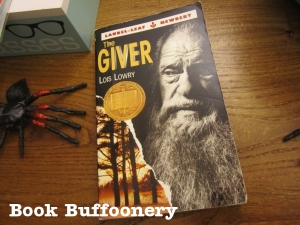This post contains an affiliate link.
Title: Sarah, Plain and Tall by Patricia MacLachlan
Notable: Book #1 in the Sarah, Plain and Tall series; Newbery Medal winner, 1986
Premise:
Anna and Caleb live on the Great Plains with their father. Their mother died after Caleb’s birth, and their father has never quite recovered from the loss. One day, Papa informs the children that he has advertised for a wife and a lady named Sarah has responded. Sarah agrees to visit them on a trial basis to see if things will work out. Anna and Caleb become attached to Sarah, but they’re terrified that she will decide to go back to her brother’s home in Maine.
My thoughts:
I read this book when I was a kid and it’s just as good today as it was back then. It’s amazing how such a touching story can be contained in such a short book. My copy is a mere 58 pages.
I feel so sorry for poor Anna and Caleb who are pining for a mother’s love and for their father to recover some of his joy again. When Sarah sweeps into their lives, she’s like a breath of fresh air. She tells them about her beloved far-off sea and the creatures who live there. They go swimming in the cow pond, slide down a hay “dune,” and Papa teaches Sarah to ride horse and drive the wagon. But when Sarah visits town by herself, the children worry that she won’t return.
It’s that climactic final scene when Sarah returns and reassures the family that she intends to stay, when your heartstrings are tugged the most. I just love this touching story about loss, hope, family and new beginnings. It’s a beautiful story. 🙂
I recommend Sarah, Plain and Tall to kids who are reading beginner chapter books, or as a poignant family read-aloud.
Rating: 5 Stars
Until next time…
Lori
OTHER SARAH, PLAIN AND TALL SERIES POSTS:










 This post contains an affiliate link.
This post contains an affiliate link.